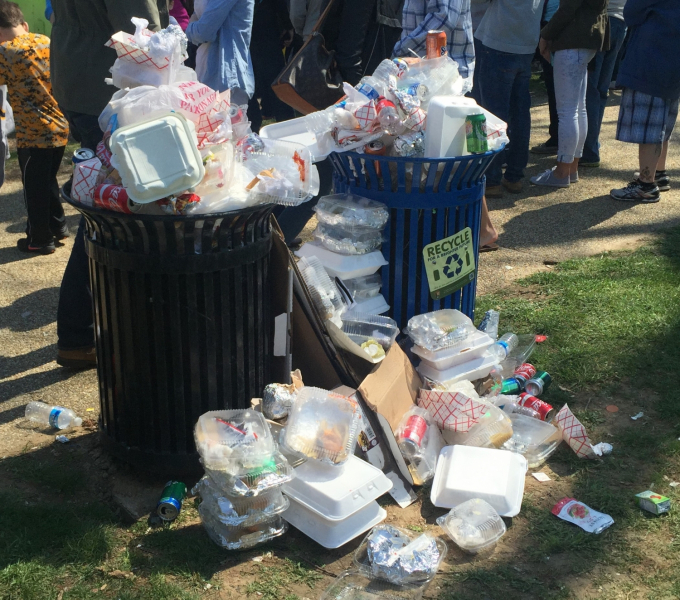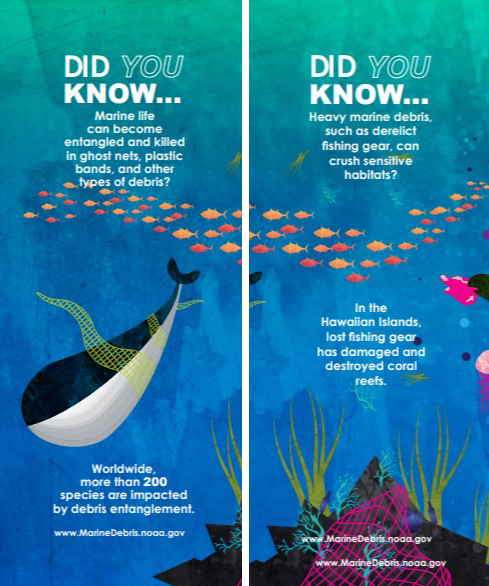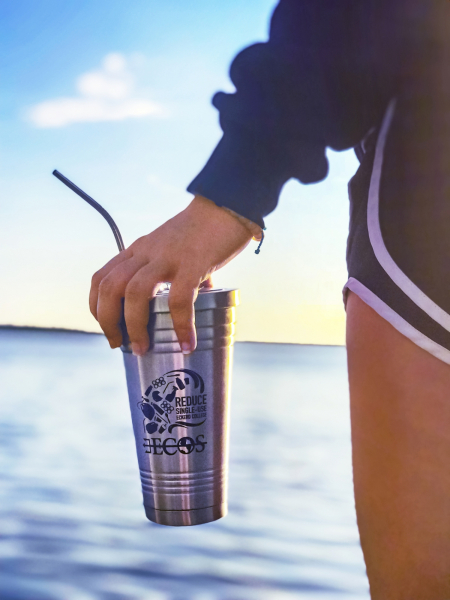Happy Ocean Month! To close out the celebration, we’re exploring Ocean Trivia. Check out these activities, lessons, and resources that use curiosity and inquiry to answer your questions about marine debris.

What Is Marine Debris and Where Does It Come From?
Not sure where to start building up your knowledge of marine debris? Get ready to talk trash with Marine Debris Program staff and host Symone Barkley on the NOAA Ocean Today TRASH TALK Special Feature. This webinar showcases our Regional Emmy® Award-Winning video series TRASH TALK, along with updates on the latest science and ways to help, as well as answers to questions provided by viewers. Get your questions ready and watch along!
Once you’ve caught up on the latest trash talk, test your knowledge of Trash Traits with the Debris Deck from the Ocean Conservancy's Talking Trash and Taking Action. This printable resource can be used in many ways to help us understand more about the types and sources of marine debris. Arrange the cards in order of the most common marine debris items (“Top 15 Marine Debris Items,” page 9), sort them into debris types and sources (“Matching Trash,” page 12), or even use them to inspire prevention solutions (“Prevention Corners,” page 33).
If you’re looking for a way to take the Debris Deck to the next level, try creating and using a “Beach Box” with these directions from Oregon Sea Grant. You can try many of the same activities using real-life materials gathered from your area.

How Does Marine Debris Get Into the Ocean?
The connection between litter on land and marine debris isn’t always easy to see. This infographic makes it clear, and is a great place to start discussions or inspire projects. You might also ask your students, campers, or family members how they might be sources of marine debris. This can be an easy question to answer by diving into your own trash traits. The North American Marine Environment Protection Association's Educator’s Guide to Marine Debris can help you out with “Trash Tracker” (page 22). Use a handy tally sheet to track what you throw away over time, then compare your data with commonly found debris in your area.
Think You Know It All?
Learn and share fun facts about the impacts of marine debris with the “Did You Know” marine debris bookmark series. These bookmarks are full of colorful and vibrant images, as well as a variety of marine debris issues and helpful solutions.

The Ultimate Trivia Challenge: Marine Debris Bingo!
Think you’re an expert on marine debris vocabulary? Test your knowledge with Marine Debris Bingo, a review activity from the Hawai'i Wildlife Fund’s Marine Debris Keiki Education and Outreach curriculum. This activity is particularly appropriate for grades 3-5, but can be adapted for the whole family.
What Can We Do About Marine Debris?
Marine debris is a human-caused problem, but it also has human solutions. Get answers to how you can be a part of the marine debris solution by diving into our How to Help page!


Just wondering if having all this trash is slowing down the Pacific gyre or if the increased drag is decreasing heat transfer of surface water with colder waters? Is this part of the problem with the "heat dome" in the northwest? Is the magnetic north really in Siberia? Does this mean the skin of the earth is reaching a new more southern equilibrium since there is less ice weight in the Arctic? Is the axis of the earth losing it's spinning top tilt because of global warming? How do you track the angle/degree of rotation change? Can you clean the baleen of a whale or is all that gunky stuff stuck between their gills forever?
Do I have to take my final exams or should I build an ARK?